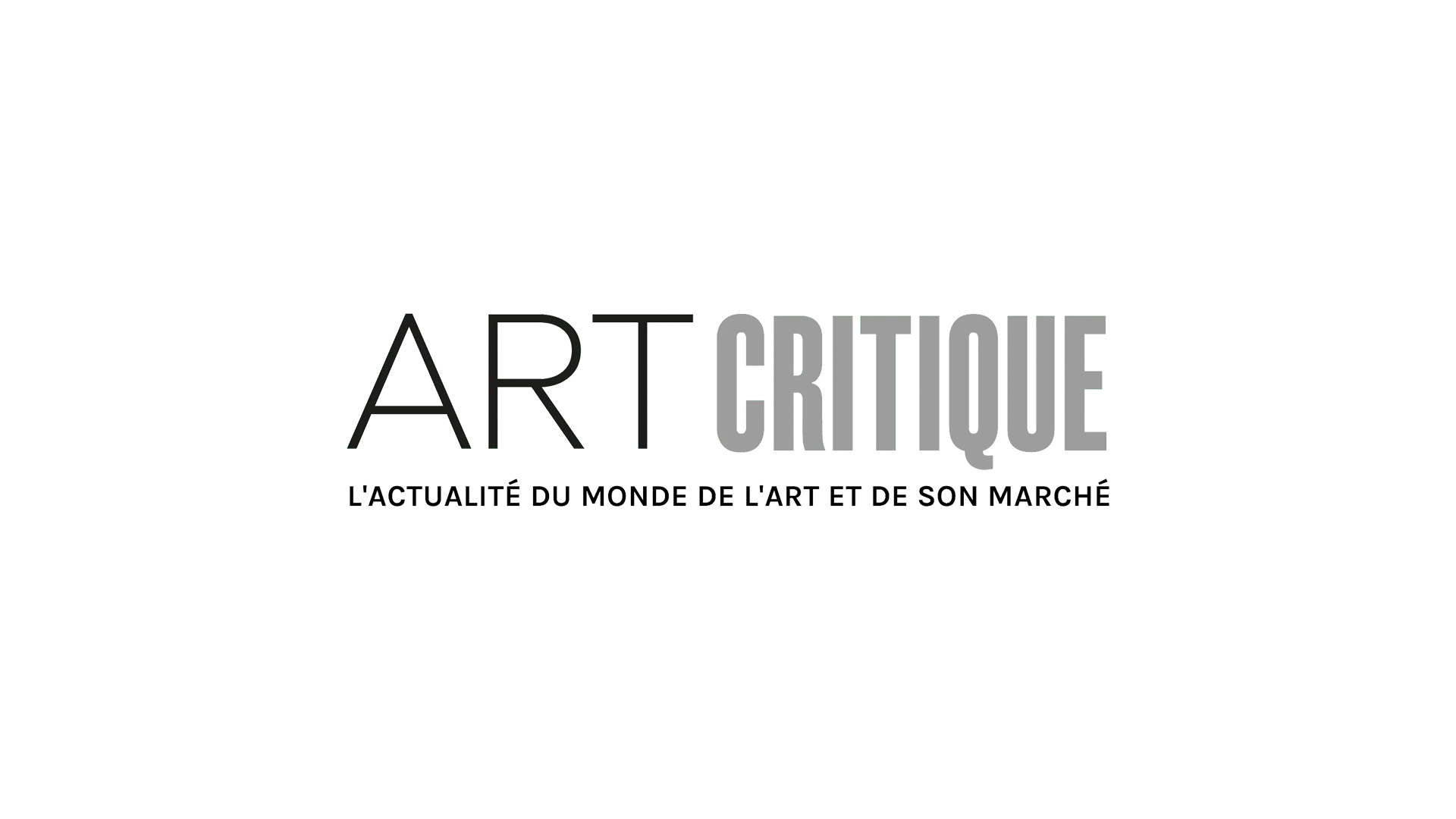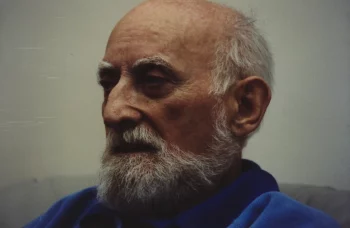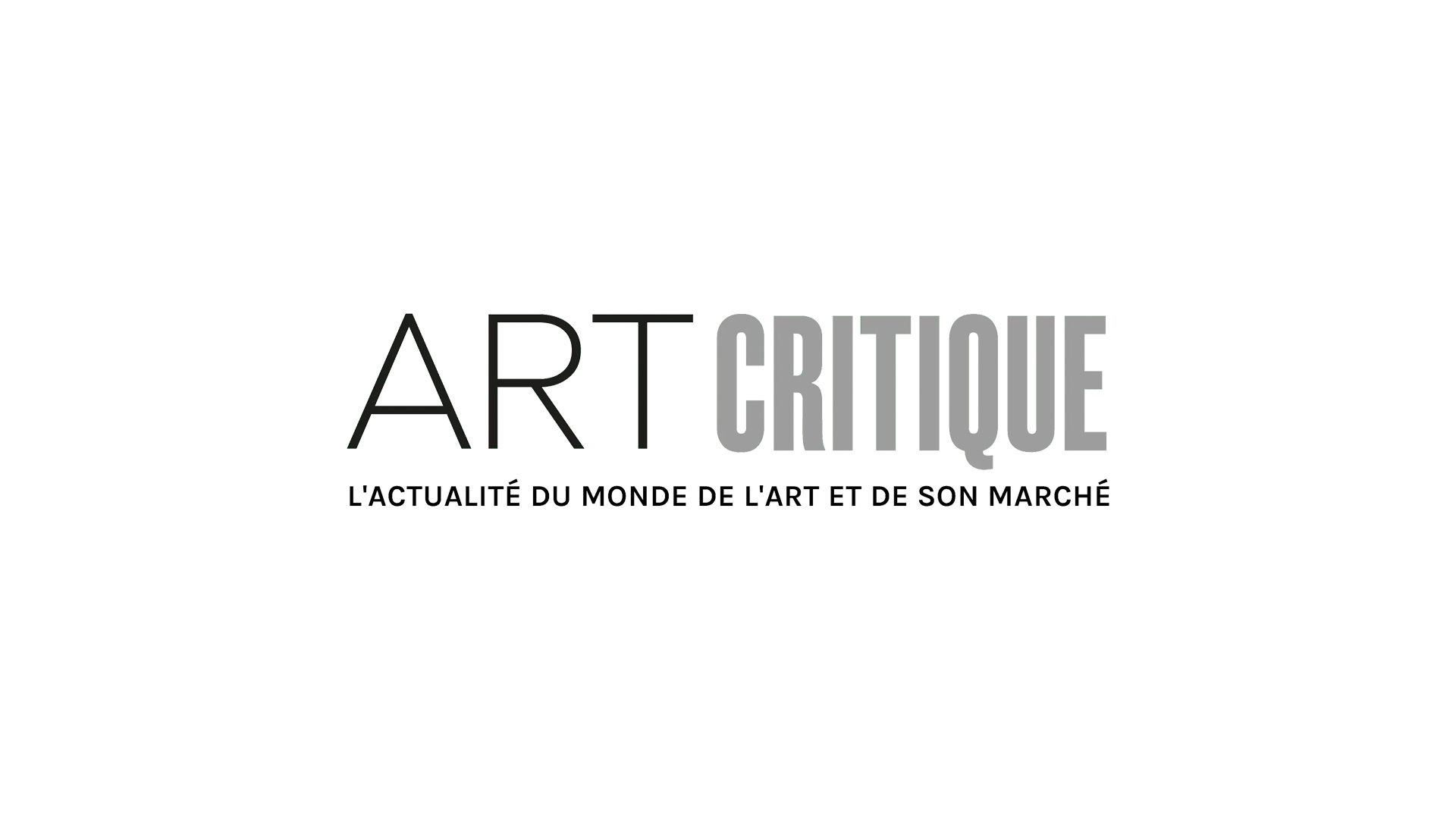Writing a letter isn’t the most common of activities these days, but when you do put pen to paper, the envelope is perhaps the least tedious part of the process. That wasn’t always the case, though. Before the days of envelopes, letterlocking was the go-to method to ensure your letter arrived at its destination without any tampering. These locking techniques have withstood the test of time, preventing contemporary researchers from opening letters, now sealed for centuries. However, a team of MIT researchers have developed a way to virtually unfold locked letters, revealing their secrets.
A letter is “locked,” so to speak, through a series of folds that would deter messengers – or anyone who intercepted a letter – from peeking at its contents. With this process, the letter itself become its own envelope, not dissimilar to the rudimentary ways you might have folded notes to pass in class a child. For centuries, letterlocking was a common, daily practice right up until mass-produced envelopes became popular in the 1830s.
Thousands of letters kept in museums and collections around the world remain locked, as it would be too dangerous to unfold them. So, researchers have had to guess at the contents of letter or commit to destroying a letter by cutting it open.
That was until a recently published report in Nature Communications revealed that a team of MIT researchers, led by MIT Libraries conservator Jana Dambrogio, have found a way to virtually unlock letters through x-ray microtomography.
While x-ray technology to study historical documents, like scrolls or documents only folded once or twice, is relatively common, locked letters have remained less studied due to their difficult nature. But with the help of a medical scanner, which can produce a three-dimensional x-ray image, researchers created algorithms to virtually flatten a locked letter. Through this process, researchers can not only know the secrets held in sealed letters but also better understand the various techniques used to lock letters.
Over the course of a few years, researchers studied 250,000 letters to create the “first systematization of letterlocking techniques.”
Of particular interest to researchers in this process was a trove of more than 3,000 300-year-old letters that were collected by a European postmaster. Known as the Brienne Collection, the letters were undeliverable and collected by the postmaster. Of its letters, 2,571 were opened while 577 were sealed providing researchers with excellent specimens to study. In examining this collection and other letters, researchers were able to categorize folding techniques allowing them to more quickly unfold the letters using their algorithms.
Research laid out in the report has the ability to accelerate a research process that previously could take years. For instance, it took researchers and scholars a decade to understand the intricate spiral locking technique Mary, Queen of Scots employed to send a secure letter to her brother-in-law Henry III, King of France in 1587 just hours before she was beheaded. Armed with their new virtual unfolding technology, it took MIT researchers just days to unfold the letter and reveal its secrets.
“Sometimes the past resists scrutiny,” said the MIT team. “We could simply have cut these letters open, but instead we took the time to study them for their hidden, secret, and inaccessible qualities. We’ve learned that letters can be a lot more revealing when they are left unopened. Using virtual unfolding to read an intimate story that has never seen the light of day—and never even reached its recipient—is truly extraordinary.”





